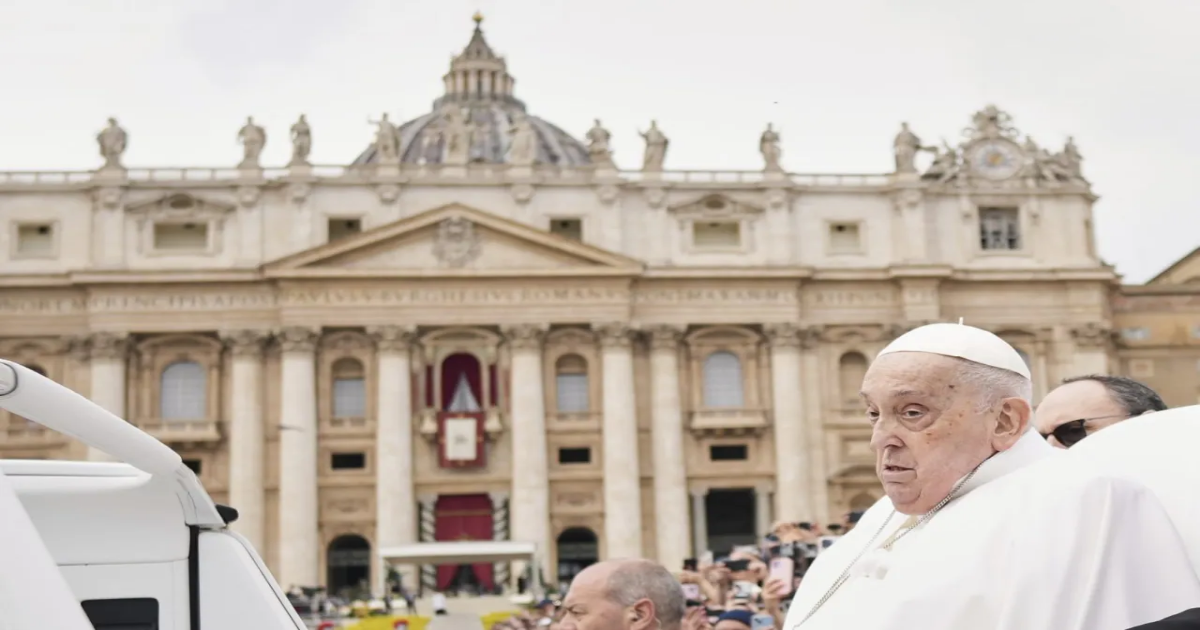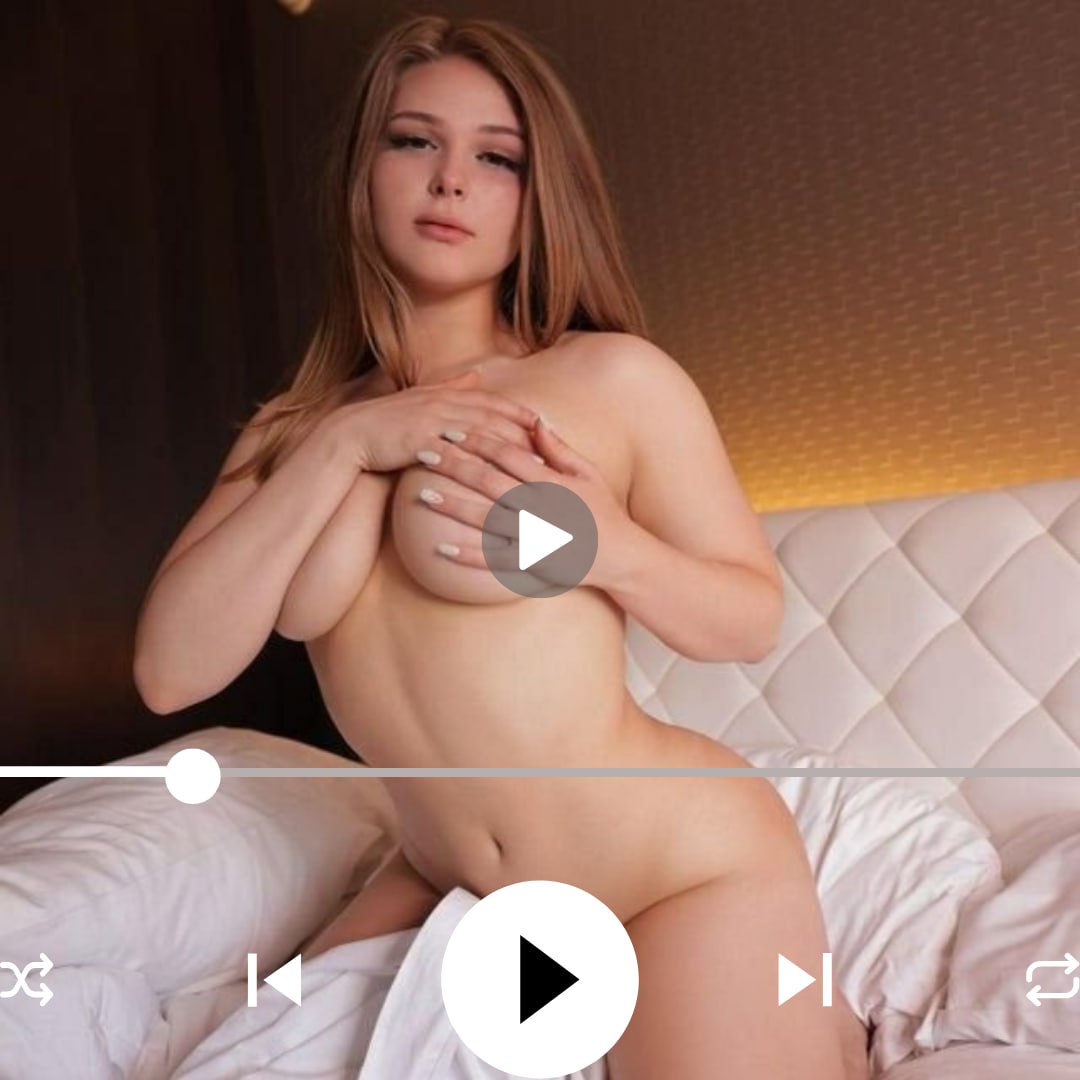Pope Francis’s death on Monday launches the centuries-old Catholic ritual of mourning and selecting a new leader of the church.
Bells rang early Monday to announce the death of Francis, who died at the age of 88 at his residence in the Vatican’s Casa Santa Marta after a long series of health complications stemming from a chronic lung disease.
Francis is the last sitting head of the Vatican to die in 20 years, since Pope John Paul II in 2005. Former Pope Benedict, who died in 2022, resigned in 2013, which led to the election of Francis in the conclave.
The process of finding a new pope is wrought with tradition. Here are five things to know about the papal succession.
Cardinals will gather for what is known as “a conclave” about 15 to 20 days after Francis’s death to select a new pope. The time the papacy is vacant, due to a death or resignation, is called the “sede vacante” — Latin for “vacant seat.”
The initial mourning period before the conclave involves a private chapel viewing for Francis’s family to mourn before a public viewing. Francis rewrote the funeral rites in 2024 to simplify them, nixing a private viewing for cardinals and church hierarchy and asking for a public viewing in St. Peter’s Basilica with his coffin not raised on a pedestal.
Cardinals will then gather for the traditional deliberations inside the Sistine Chapel, which are veiled in secrecy.
The pope must be any baptized man, but the contenders are typically only among the cardinals of the Catholic Church.
Dozens of cardinals are considered contenders, and the decision ultimately depends on the direction church leadership wants to take after Francis’s liberal and trailblazing tenure.
Francis, who was Argentinian, made history as the first Latin American pope and the first Jesuit pope.
Luis Antonio Tagle from the Philippines, who would be the first Asian pope, is considered a front-runner and has similar progressive views on the church as Francis.
Another historic contender is Peter Turkson from Ghana, who would be the first Black pope in modern times and worked as an adviser to Francis on social justice and climate change issues.
Péter Erdő from Hungary is considered a contender among conservatives in the church, as well as Robert Sarah from Guinea — who would also make history as the first Black pope in modern times.
Contenders who are seen as similar to Francis to continue his progressive legacy include president of the Italian Episcopal Conference, Matteo Zuppi, and Jean-Marc Aveline of France.
An American pope has long been considered a long shot, given that the cardinals typically consider leaders from non-superpower nations. The geopolitical power that the United States wields makes the idea of an American pope taboo, according The Associated Press.
The only American considered a possible contender for pope is Robert Francis Prevost, who is from Chicago and has largely worked in Peru. He is an Augustinian friar and graduated from Villanova University in 1977.
The pope chose Prevost to be prefect of the Dicastery for Bishops and president of the Pontifical Commission for Latin America in 2023. The role involves recommending candidates for bishops to the pope and overseeing the commission that studies the Catholic church in Latin America, according to the Catholic News Service.
Cardinals are summoned to Rome and housed in a residence in the Vatican, cut off from technology and newspapers so they can’t receive information outside of the isolated period.
Cardinal Kevin Farrell, who announced the pope’s death on Monday, is the acting head of the Vatican until a pope is elected and will run the administration of the conclave.
The cardinals gather each day of the conclave to vote in the secret ballot and can cast up to four ballots in a day, according to ABC News. The cardinals need a two-thirds majority to elect the next pope, and if no pope is elected over three days, they can delay voting for a day before another round.
After each vote, the ballots are burned and smoke is released from the Sistine Chapel to announce if a pope has been selected or if deliberations are still ongoing. If black smoke emerges from the chimney, a pope has not been chosen. If white smoke emerges, a pope has been elected.
All cardinals under the age of 80 can vote in the secret ballot inside the Sistine Chapel. The upcoming voting process will be the largest conclave in the history of the church, with 135 cardinals currently under 80.
Francis appointed 108 of those cardinals, according to The Washington Post.
There are 17 cardinals from the U.S., four of which currently lead archdioceses, including Cardinal Robert McElroy of Washington and Cardinal Timothy Dolan of New York. Ten of those 17 cardinals are under 80 and will be able to vote.
The pope also created 21 new cardinal positions in 2024, and he said at the time that their origins express “the universality of the Church,” Vatican News reported. The positions were created in Algeria, Serbia and Iran, among other countries.



